Gaining a Yard
Gray Stanback
Your first experience with the natural world probably depends on where you lived. If you grew up in the middle of a large city, it’s likely that you had little experience with true wilderness unless you were able to travel to a nature preserve or park. If you lived in a more rural area, on the other hand, it’s entirely possible that you were well acquainted with nature simply from seeing it around your house. However, not all houses are created equal—some are more hospitable to wildlife than others. It is this idea that forms the basis of the U.S. National Wildlife Federation’s Backyard Wildlife Habitat program.
Simply put, a Backyard Wildlife Habitat is a yard (back- or otherwise) that has been optimized for providing food, shelter, and nesting sites for native animals. Backyard Wildlife Habitats do not necessarily have to completely resemble the native ecosystems that these species would ordinarily live in, but they must obey strict guidelines in order to be officially certified by the National Wildlife Federation.
For example, the use of fertilizers and pesticides in a Backyard Wildlife Habitat is strongly discouraged, since these contain chemicals that can seep into the natural water supply and poison any wildlife that might use it. A Backyard Wildlife Habitat should also contain as little open turf grass as possible, in order to provide small animals with places to hide. Such hiding places can include rocks, logs, overturned flowerpots, and low-growing native plants. The best “turf” to use in this area of a Backyard Wildlife Habitat is mulch made from wood obtained sustainably. If you must water your plants, it helps to do this as little as possible, and only using water collected sustainably.
Once a Backyard Wildlife Habitat is set up, it may take some time before you start to notice any sort of change in the wildlife it attracts. Eventually, however, the diversity of native animals in your yard will almost certainly increase thanks to the more hospitable home that has been provided for them. Needless to say, giving handouts to animals (aside from putting up bird feeders) is strictly prohibited, as this can alter their behavior and cause them to become more dependent on humans.
Despite its name, the Backyard Wildlife Habitat program does not merely apply to the backyards of houses. Backyard Wildlife Habitats can also be made for schools, workplaces, and even entire communities, which make them excellent group projects for these sorts of organizations. Today, in the town of Davidson alone there are multiple Backyard Wildlife Habitats. Most of these are on the property of houses, but some belong to schools and businesses as well.
The list of species that Backyard Wildlife Habitats can protect is so long as to be almost superfluous, but altering your yard in the ways described above can turn it into a haven for, among other things, songbirds, squirrels, frogs, toads, rabbits, and even (if you’re lucky) deer. A Backyard Wildlife Habitat is not intended to replace the natural habitat of these animals entirely, but rather to provide a safe oasis for them in the hostile environment of human development. If enough houses and businesses create Backyard Wildlife Habitats, then perhaps the distinction between “nature” and “humanity” may no longer be so heavy as it is right now.
Turning your yard into a Backyard Wildlife Habitat is not merely a smart thing to do from an environmental perspective, it is also a rewarding task in and of itself. If your yard is becoming unruly and unsightly, consider converting it into a backyard Wildlife Habitat instead of simply trying to redo it to look neat and tidy. On a similar note, many children are fascinated by nature but have often never had any real experience with it; making a Backyard Wildlife Habitat is an excellent way to get your children involved in conservation.
Over 60,000 homes and businesses have been certifies by the National Wildlife Federation as Backyard Wildlife Habitats—places where wildlife can find a safe home away from most of the threats posed by human development.




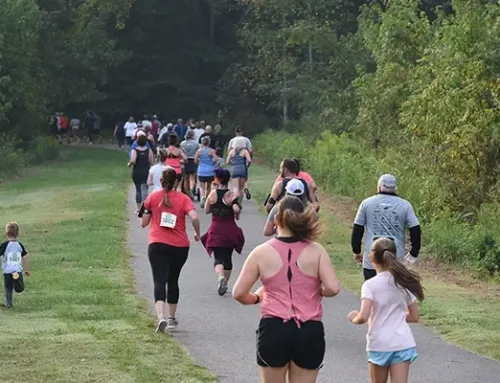

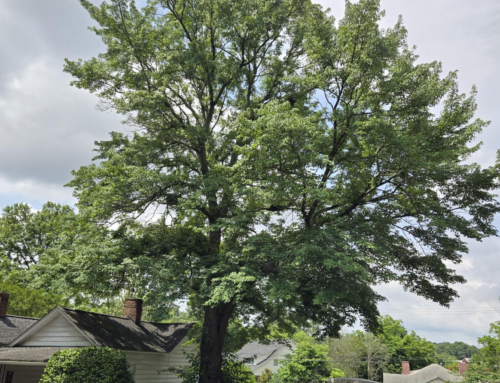
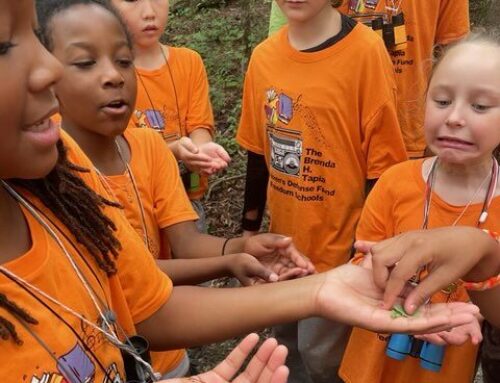
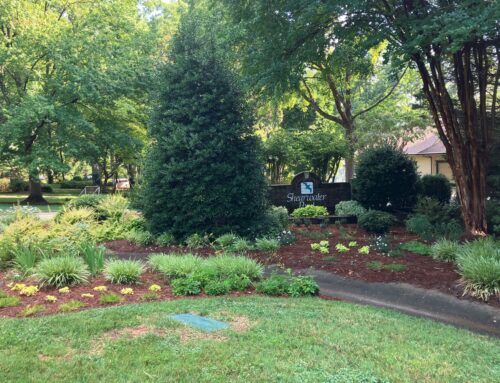



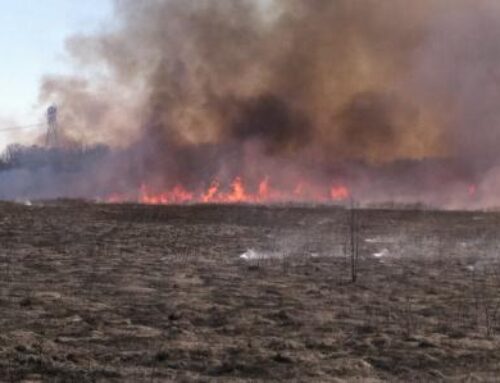
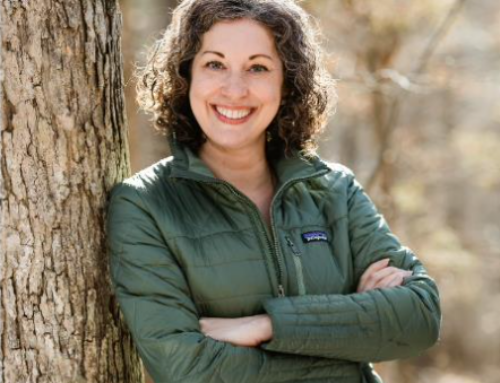

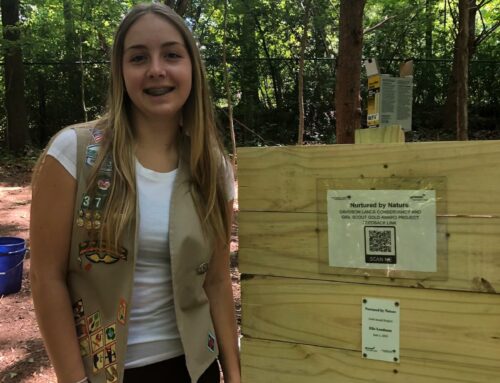
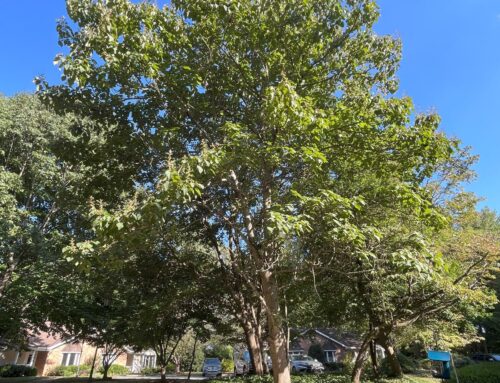
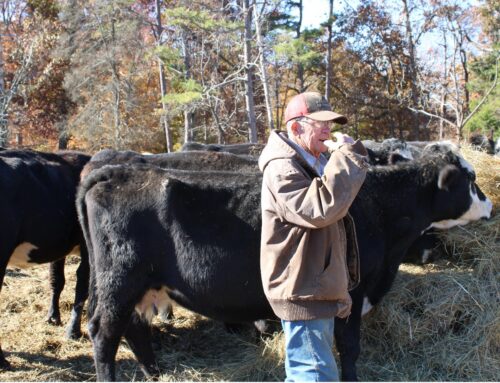
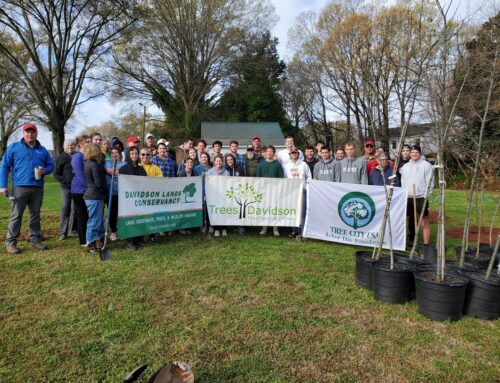
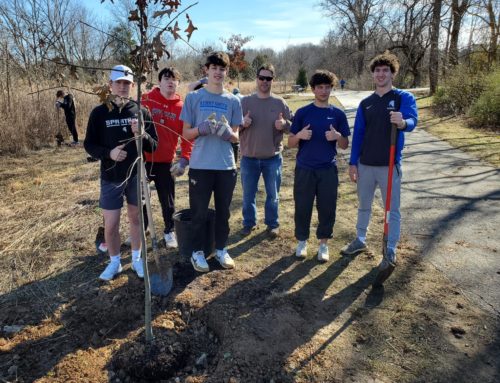
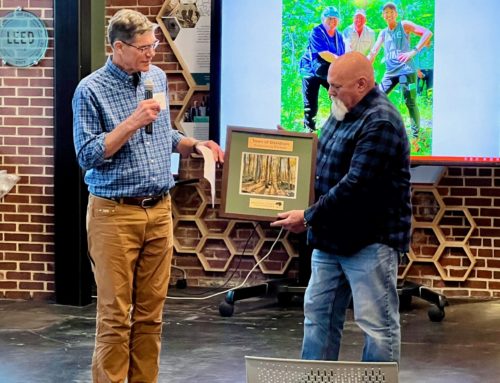
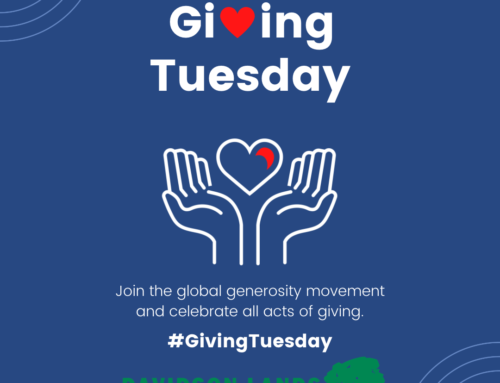
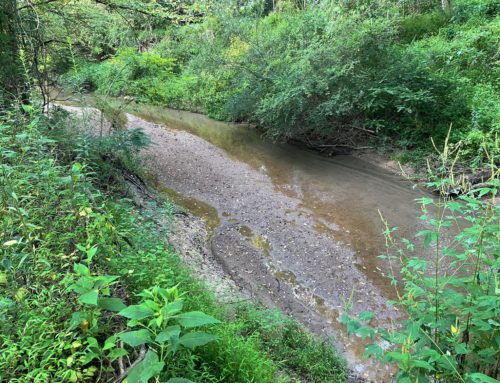
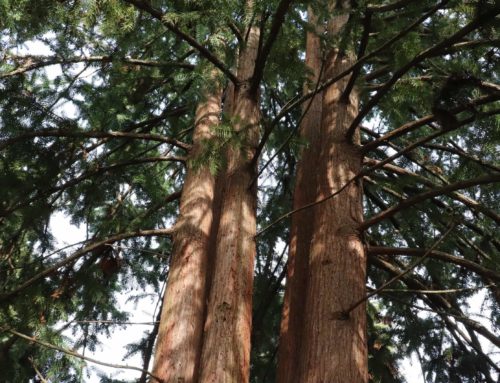
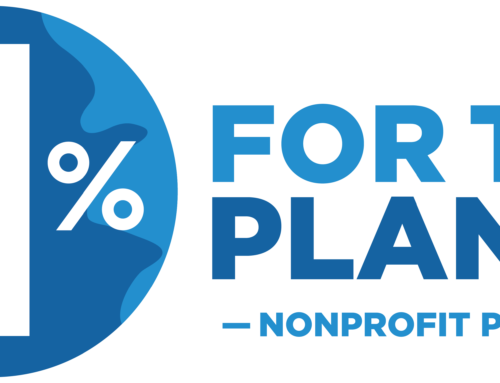



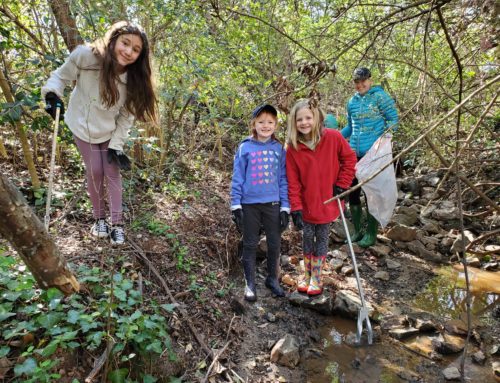
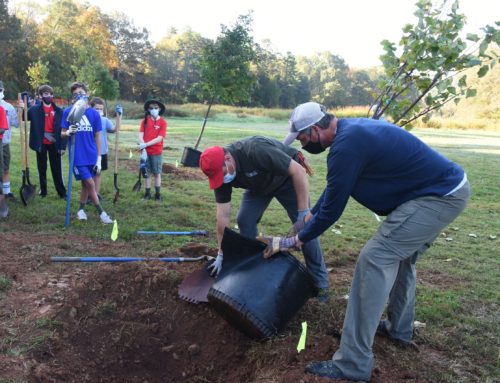


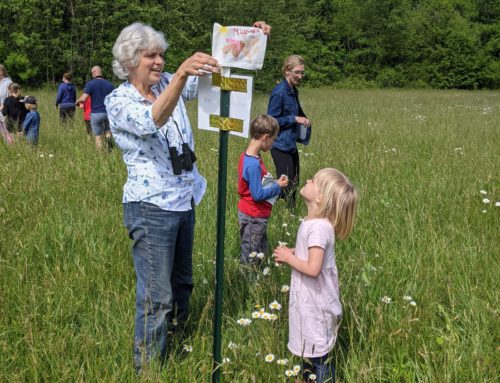

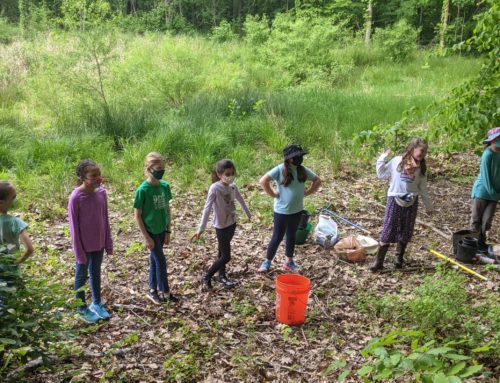
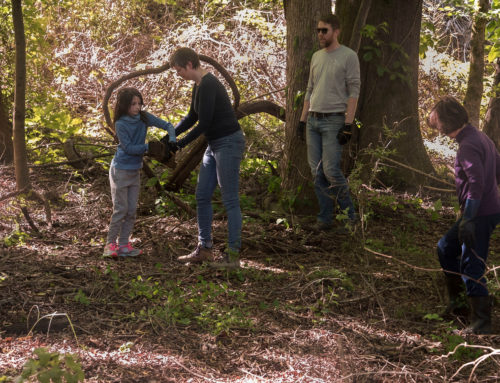
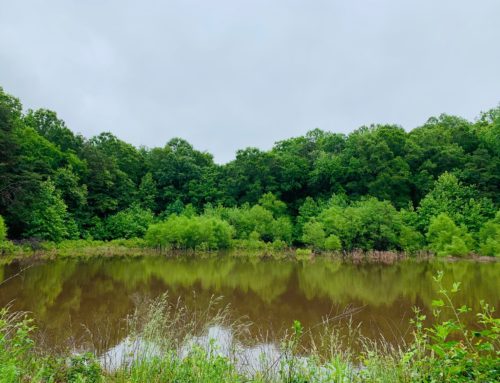
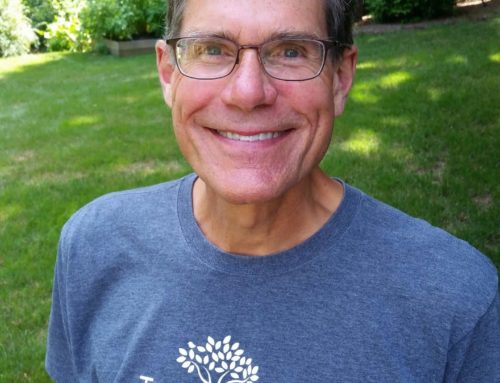


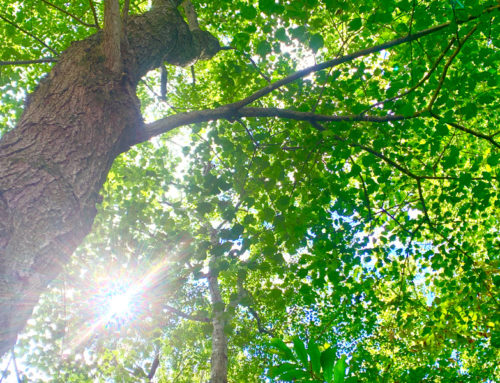
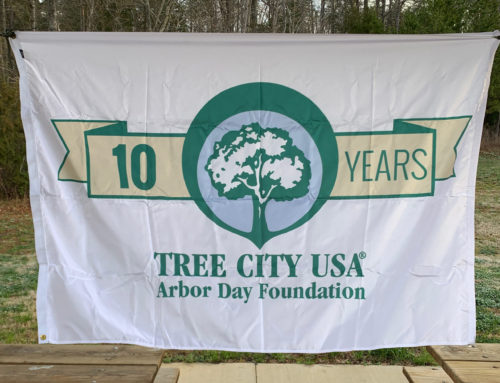
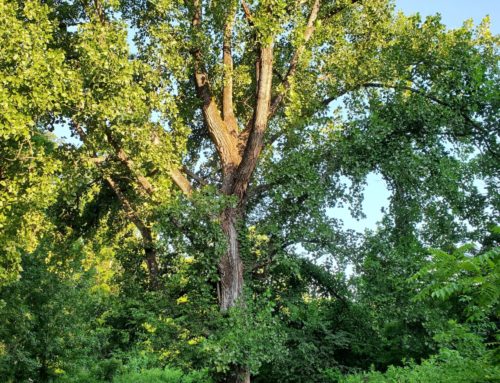
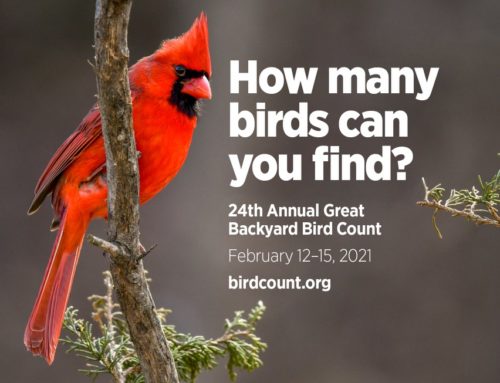
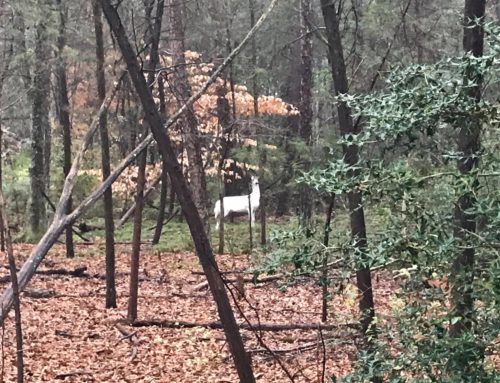
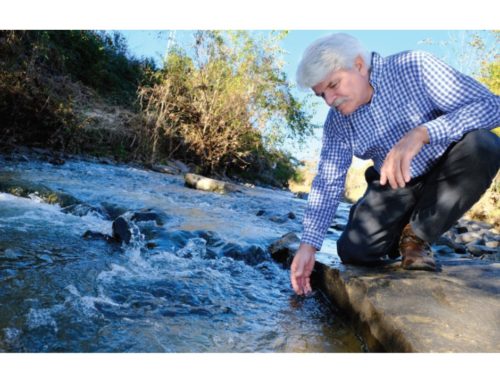
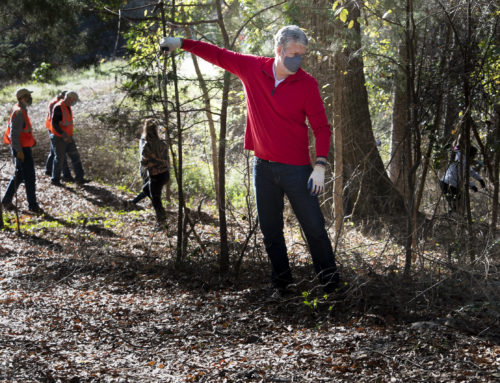

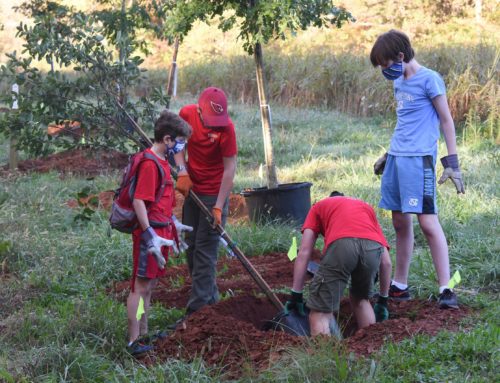
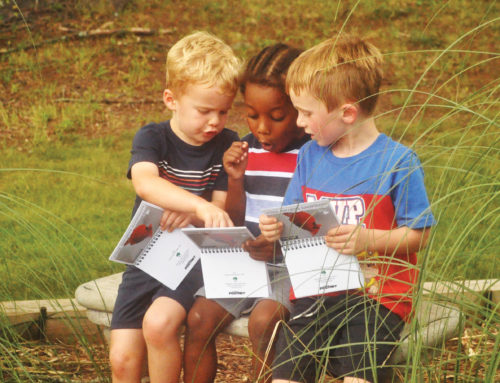
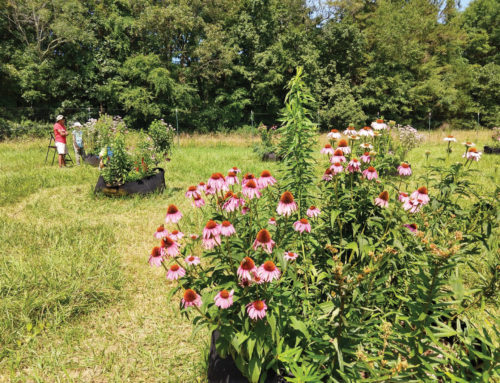

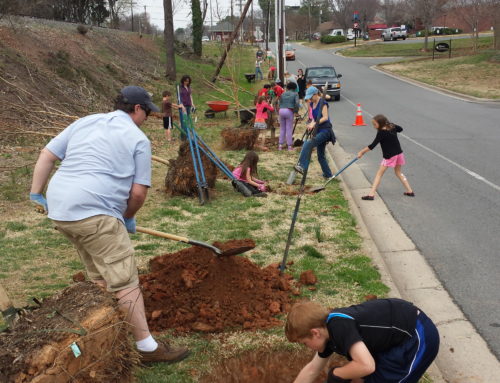
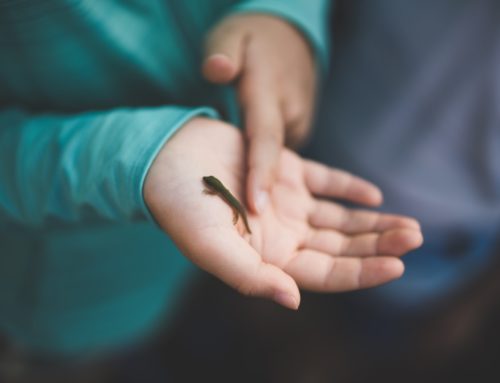


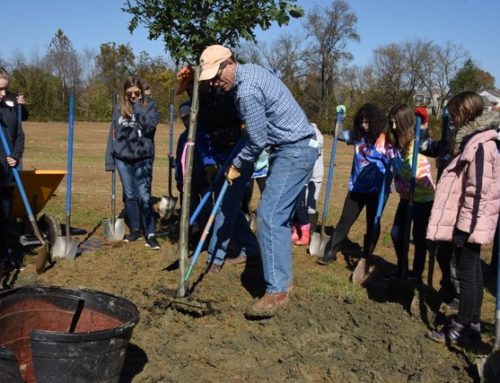

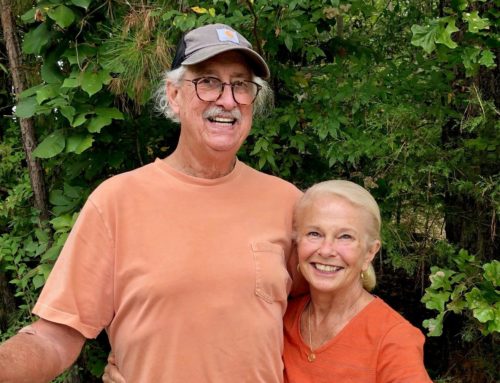

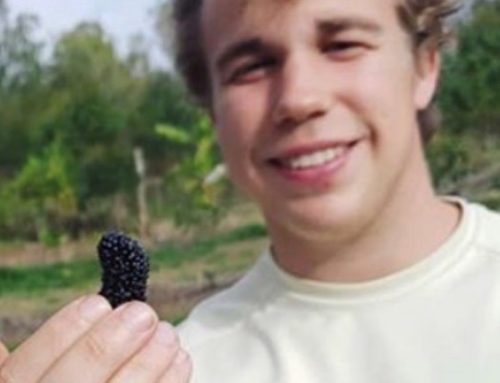
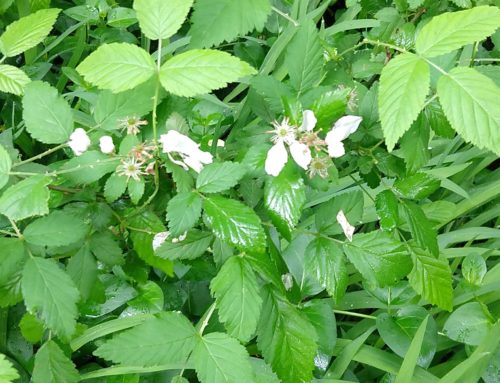
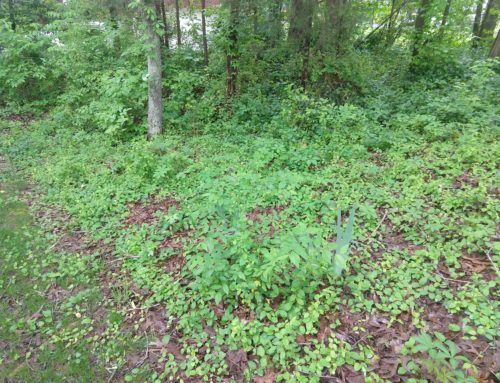

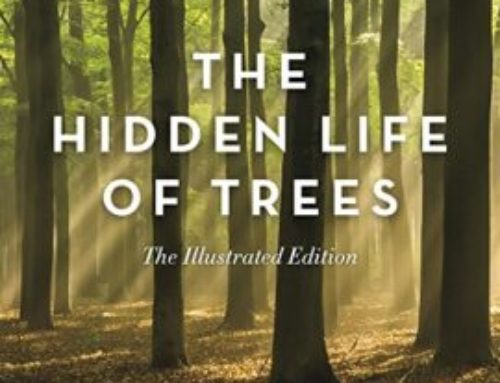

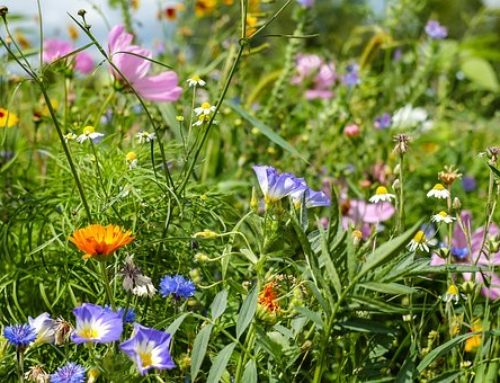

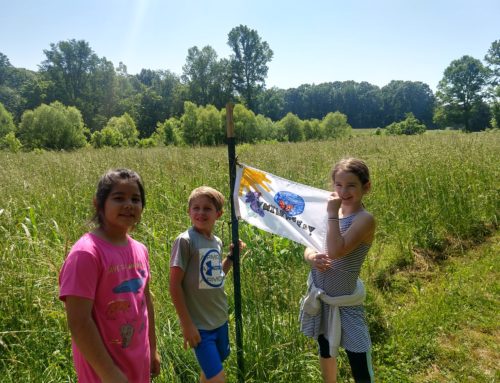
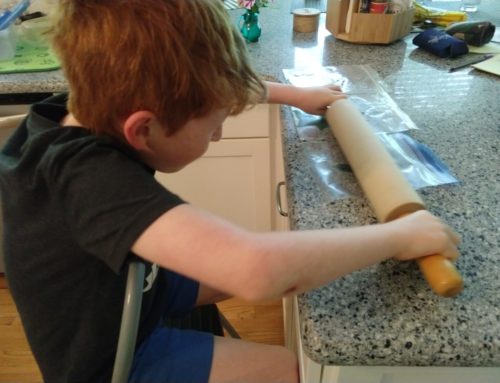
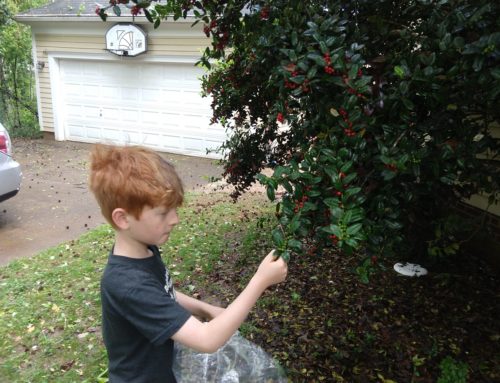
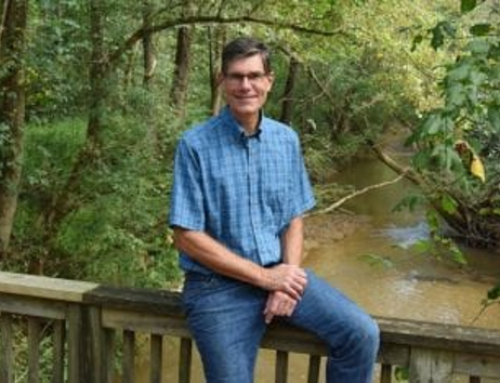
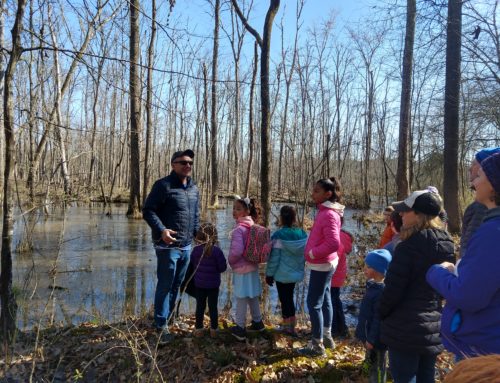


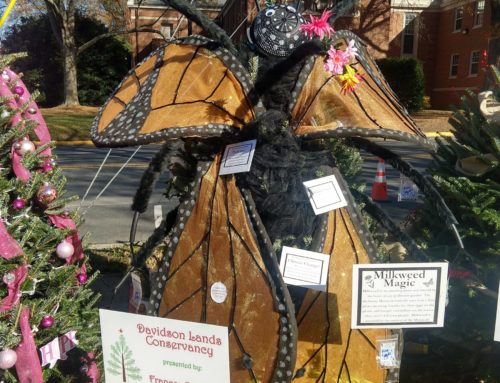
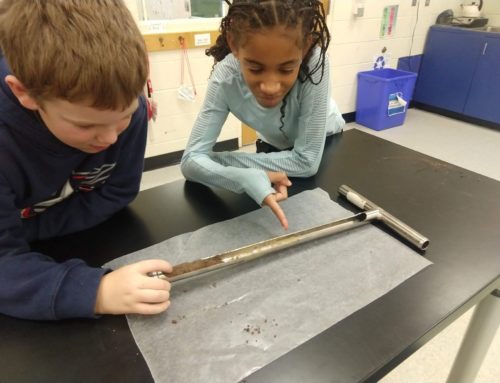




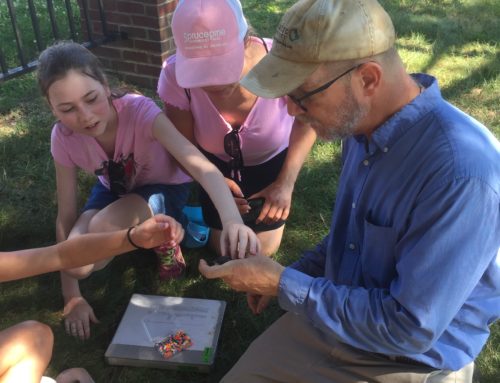


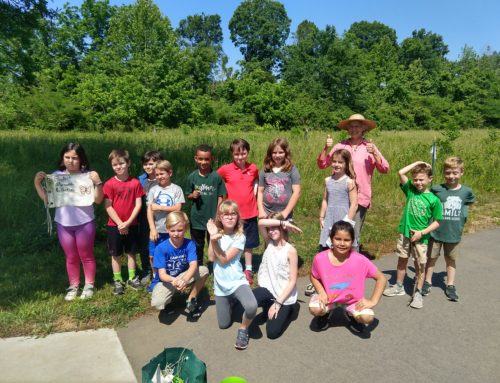
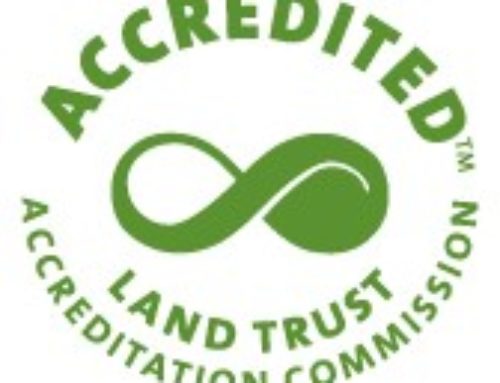
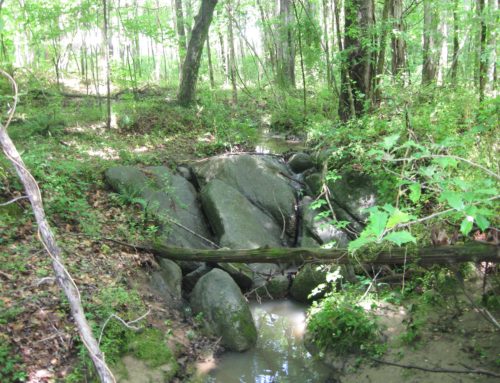
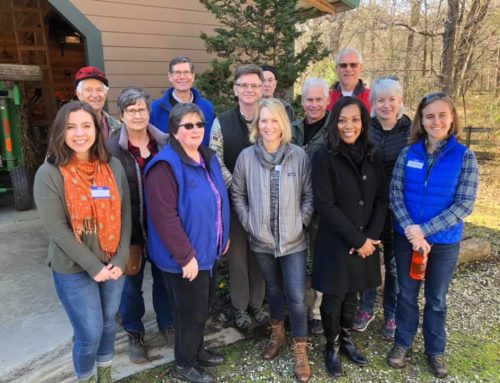


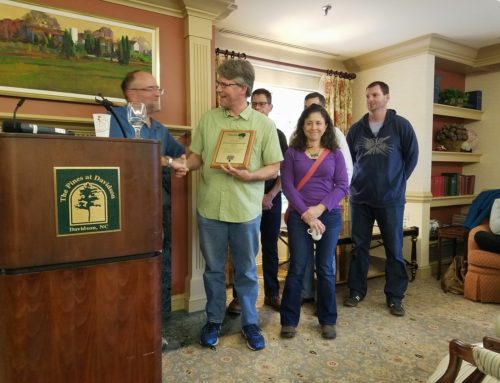
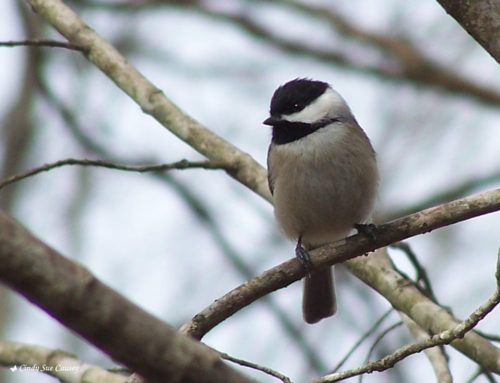
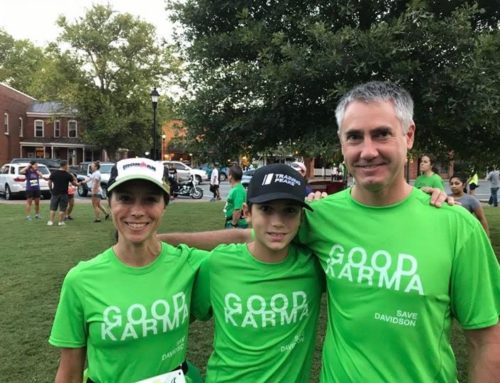
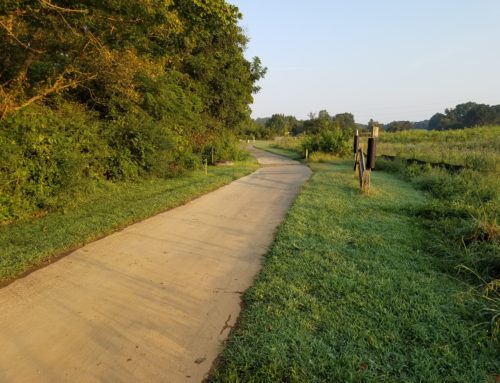
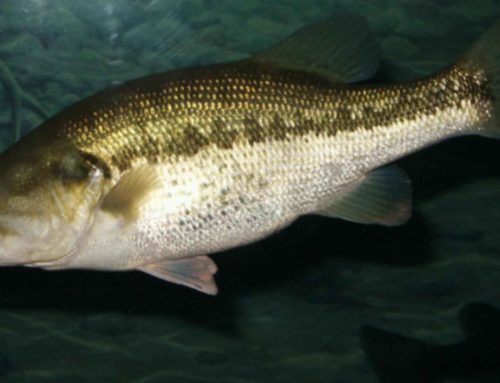
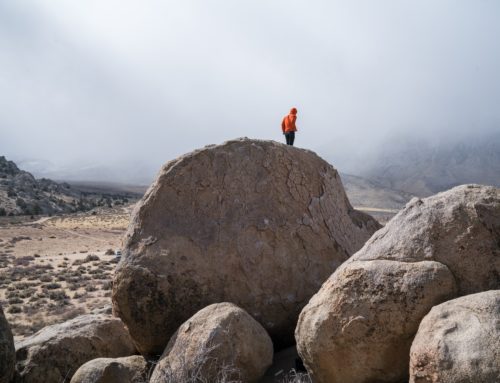

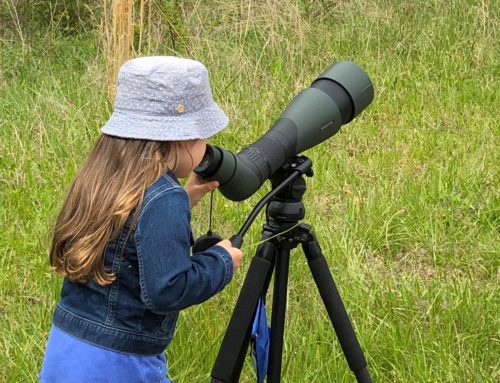

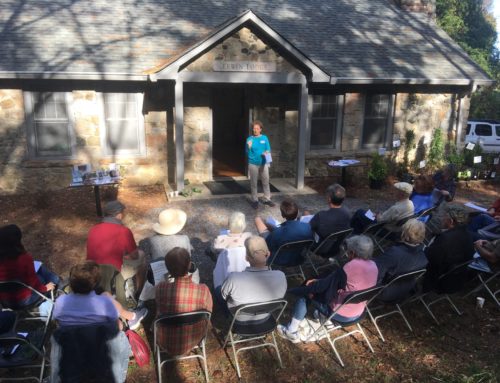
Leave A Comment